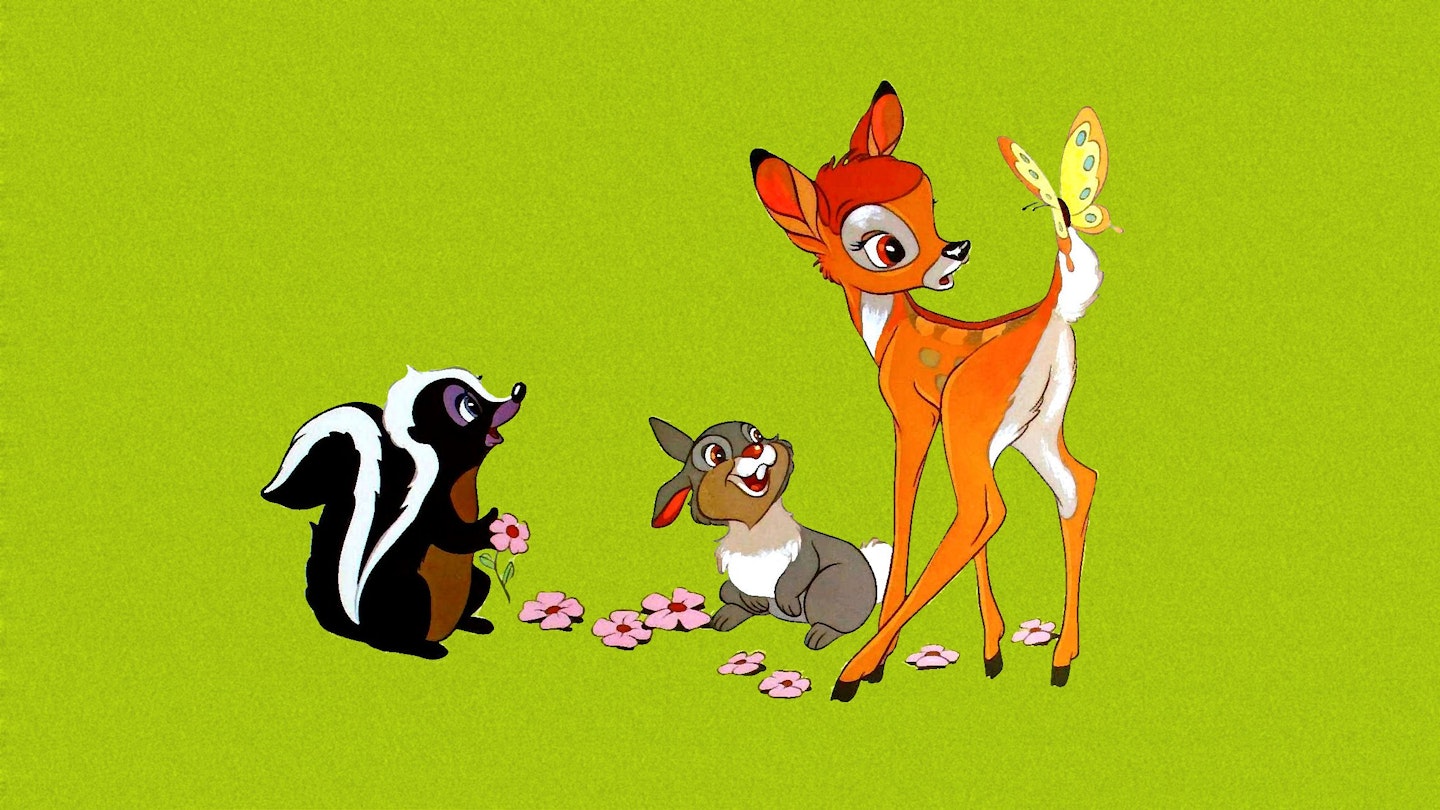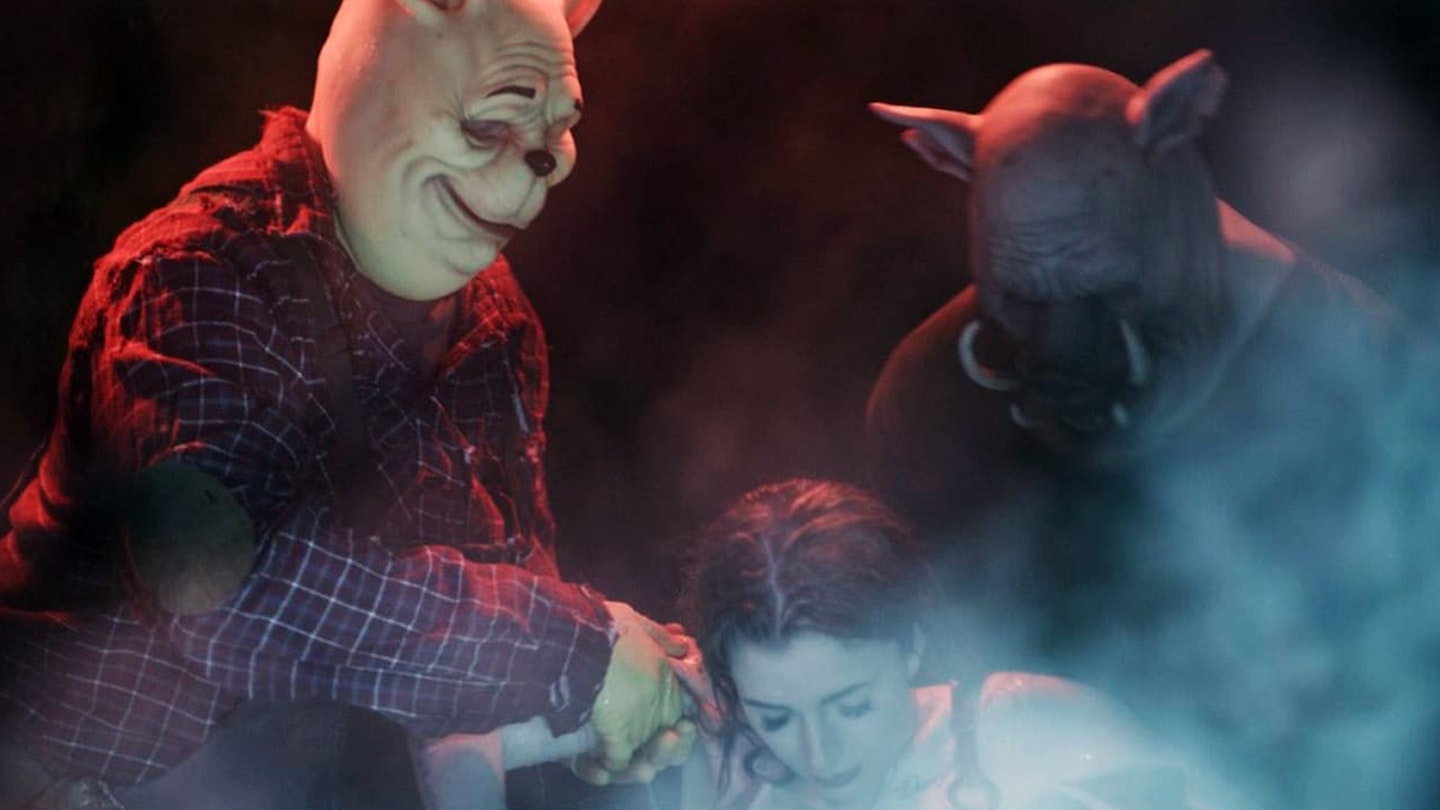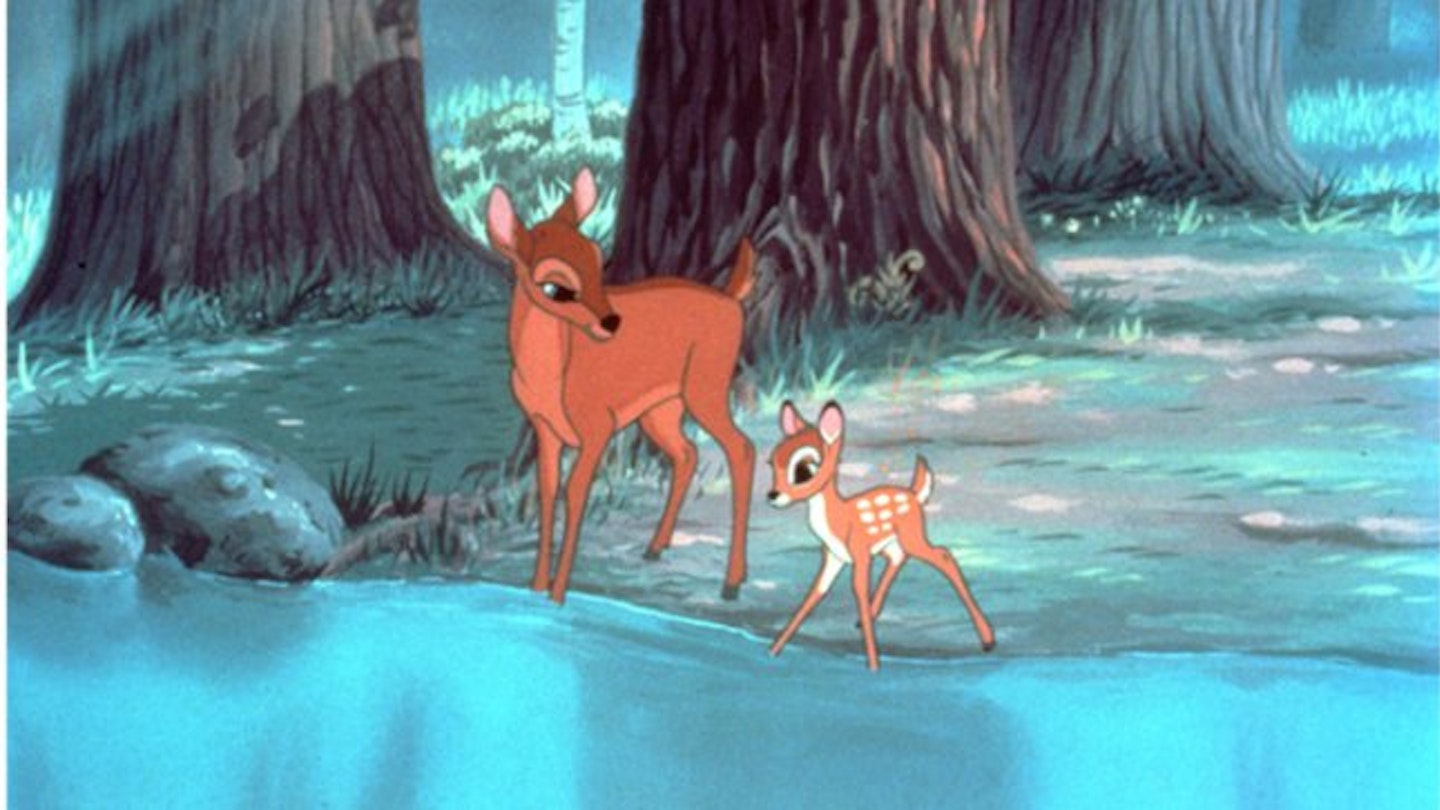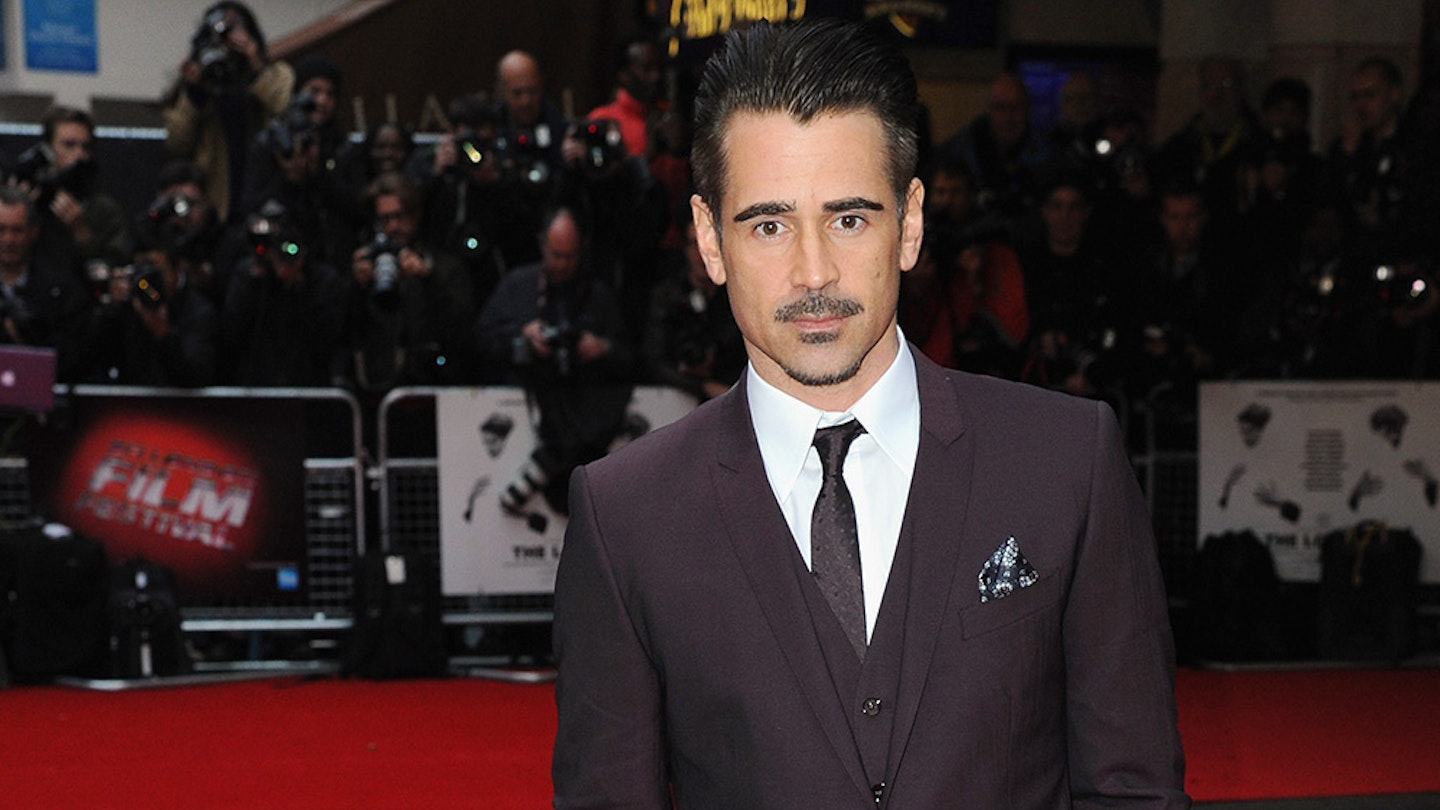To say that Bambi is about frolicking woodland animals is like saying The Lord Of The Rings is about little men blowing smoke and combing their hairy feet. There are the cute bits everyone knows; baby Bambi stuck on a fallen tree-trunk (actually one of the test animations that convinced Walt to make the film) and the seduction of Thumper by a girl bunny, his runaway libido physically displaced to one helplessly peddling paw. Yet Disney's film uses these cuddly moments as grounding for a natural-world opus that, in its own way, is almost as ambitious as Peter Jackson's Middle-earth epic.
Walt was suspicious of artiness - "Weíre selling corn and I like corn," he once said - but he was devoted to pushing into new territories. Fantasia had presented full-blown diabolism with the topless witches and monster devil of the Night On Bald Mountain segment. Bambi, meanwhile, returned to the traditional animal cartoon and twisted it into negative space.
The backgrounds took their lead from Tyrus Wong, a lowly Chinese animator whose sketches encouraged other artists to soften and blur the branches and grasses of Bambi's world, putting the focus squarely on the beautifully drawn animals (just watch Thumper's little-boy mannerisms). Impressionism blends with expressionism in stunning bursts of colour. The forest fire is a shivering yellow painting; the screen brightens to a red-orange as the deer herd flees man; Bambi's fight with a rival stag is all struggling silhouettes, livid golds and icy blues.
The Lion King, Disney's attempt to emulate Bambi 50 years on, can't reach such highs. In fact, its outgoing wonder has been better captured in Brad Bird's The Iron Giant (which also has a key scene with a deer) and Hayao Miyazaki's My Neighbour Totoro, a cartoon that goes for exquisite detail rather than Bambi's rarefied impressionism.
Essentially Bambi is a one-off, something the studio seems to have forgotten with plugs for a bland-looking video sequel on the otherwise excellent Collector's Edition DVD. It underlines how much Disney has lost since its glorious best-and-worst of times, six decades ago.
After all, this is a Disney cartoon where scene flows to scene with an absolute simplicity, where the terrifying villain never appears, and where the death of Bambi's mother - undoubtedly one of the most traumatic in film history - is restricted to a gunshot, the bleakest of snowscapes and a heartbreaking tear. That Walt can cut from this straight to the silliest of spring-themed symphonies (with twittering bluebirds modelled on a 1933 Disney short, Birds In The Spring) shows his mastery of a medium that can turn on a dime in a way unimaginable in live-action.
We laugh and we grieve, but mostly we marvel, at Bambi's introduction to a little April shower, to the miracles of snow and ice, and to the magnificent herd that represents the mystery of adulthood, bounding over Bambi's head with the clash of cymbals. Disney's point, admirably unspoken but transparent to a child, is that this is all of a piece.



